THERE are some music acts that demand attention and pop-rock act Faridkot falls into that category. Dynamic Indian music duo IP Singh and Rajarshi have been fusing diverse influences ever since they teamed up in 2008.
They have crossed cultural divides, captivated audiences with top tracks and collaborated with big named artists. Faridkot has also lit up the live scene with over 1,000 performances, along with delivering marvellous music releases like their acclaimed albums Ek and Phir Se.
Not surprisingly, their superb singles that have been streamed many millions of times and some have found their way into films. They have added to their impressive music releases with new album Ibtida, which is filled with romantic songs.
Eastern Eye caught up with the duo delighting audiences globally to discuss their journey, new love filled album, heroes, inspirations and future plans.
How do you reflect on your musical journey?
Rajarshi: Wow, it’s been a long journey, since we were teenagers. There have been lots of good and tough times along the way. It’s been amazing, overall. We are grateful for getting to do music because it’s always been important to us. We’ve tried lots of different types of music over the years and are thankful for all of it. It’s been a wild ride, but a great one.
How would you describe your unique sound?
IP Singh: (Laughs) We call our music ‘confused pop’ because we’re not sticking to one style. We want our music to touch people’s hearts and be open to new sounds and ideas. So, while we’re clear about our goals, we’re flexible about our sound. That’s why we call it confused pop.
What inspired the band’s name?
Rajarshi: The band’s name came from a funny moment. I had some ideas for names, but IP Singh didn’t like them. Then one day, he saw a t-shirt with the name Faridkot on it, which is a city in Punjab. He thought it would be a great band name, and I agreed. We just went with it because we wanted to focus on the music.
Which of your songs have been closest to your heart?
Rajarshi: All of them mean a lot because we put our hearts into every song. It’s never, ‘oh, let’s write a song’. Each song, whether people like it or not, has a piece of me because I truly love music.
IP Singh: One of my favourite songs from our first album is called Meherbaan. I’m proud that I wrote it, and it brings back good memories. That’s why this song is special to me.
How do you both decide which genres to blend together in your projects?
IP Singh: We both think that music is for everyone. We believe you can mix any type of music with any other type. We don’t really think about music genres, and just enjoy trying new things. As we learn more, we see how important different sounds, cultures, and instruments are. There are so many sounds in the world, and we want to explore them all, incorporating them into our creations.
Tell us about your latest EP.
IP Singh: Our new music album is called Ibtida. It’s been a while since we released a bunch of songs together. We’ve put out many individual songs in the meantime, including Nasha. So, this album is about love, letting go, and accepting. It’s full of nice, cosy feelings we all have. We’re really excited about this fresh start with Ibtida.
How did you decide on who to collaborate with?
Rajarshi: Basically, it was a mix of ideas that IP and I came up with. Over the past year, we’ve also used many suggestions from Sonal. She works with us at (record label) T-Series and always has awesome ideas. Almost everything she suggests works out really well. She’s been a big help by supporting us and offering great advice.
What made you decide to choose love ballads?
Rajarshi: We wanted to try something different with our new music because the way people listen to music has changed. Instead of releasing full albums, they were more into singles. So, when we decided to make a bunch of songs, we thought about what the main theme should be. Since we hadn’t done an album focused solely on love before, we thought it would be cool to give it a try. So, we went for it and decided to make an album full of love songs.
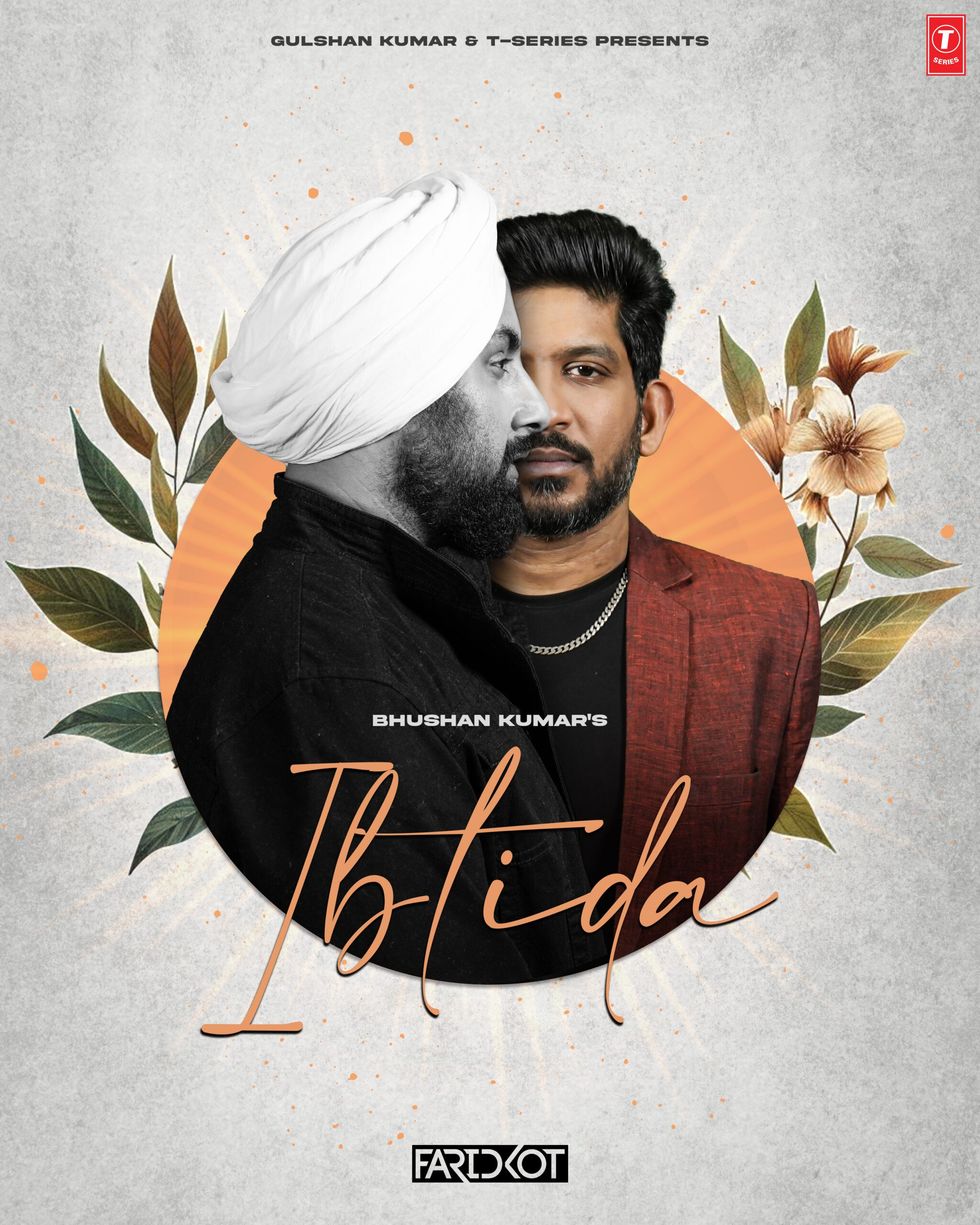
How important are lyrically strong songs?
Rajarshi: IP takes care of the lyrics, and he really dives deep into it because that’s his main focus. As for me, I put a lot of effort into directing the music and shaping the band’s sound. I really appreciate IP’s poetry. He’s loved it ever since I first met him. He’s very passionate about writing poems. I completely trust him to do his best, and why our lyrics are so strong. He always writes great words for the songs I create. So yes, it’s important. We’ve set a high standard that we stick to.
Who are you hoping connects with the EP?
IP Singh: I hope everyone likes it. All five songs are totally different. We hope people who want real, unfiltered, unadulterated music will connect with it because that’s what we put into this album. It’s like giving listeners a piece of our heart, and we hope it touches everyone.
What music dominates your personal playlist?
IP Singh: Lots of them, including many new artists. There are so many indie artists, I can’t even start naming them. Currently, I’ve been listening to the album of Amar Singh Chamkila.
Rajarshi: I have all sorts of music on my playlist. I’m listening to Nazia Hassan right now. I also enjoy Korean songs. My playlist has everything from old Hindi songs to modern dance albums. There’s no specific type of music I’m into right now; it’s a mix of many different styles and languages.
Who is your musical hero?
Rajarshi: I don’t have just one musical hero. When I was younger, I liked Amit Trivedi, AR Rahman, Sneha Khanwalkar, Kurt Cobain, Jimi Hendrix, and Omar Rodriguez Lopez, to name a few. I appreciate music on its own, without needing someone to admire. IP Singh: Kishore Kumar was my musical hero. He was like a rockstar from India. I really admire how he could do so many different kinds of music with ease.
What would you say is your plan going forward?
Rajarshi: The idea is to create lots of different types of music and always feel enthusiastic about it because you’re doing it out of passion. You have to think about things related to your career, like what your next step should be. But no matter what, always keep the love for music alive, because it’s what makes you happy like nothing else can. The reason it makes you happy is that you feel a strong and pure connection to music. You want to keep feeling excited about music just like you do now.
What inspires you as a musical duo?
IP Singh: We sometimes disagree when making songs, but trust each other’s skills in writing lyrics and creating melodies. These disagreements have actually led to some really great music arrangements. So, even though it’s funny, disagreements can be inspiring for us.
Instagram: @faridkotmusic.





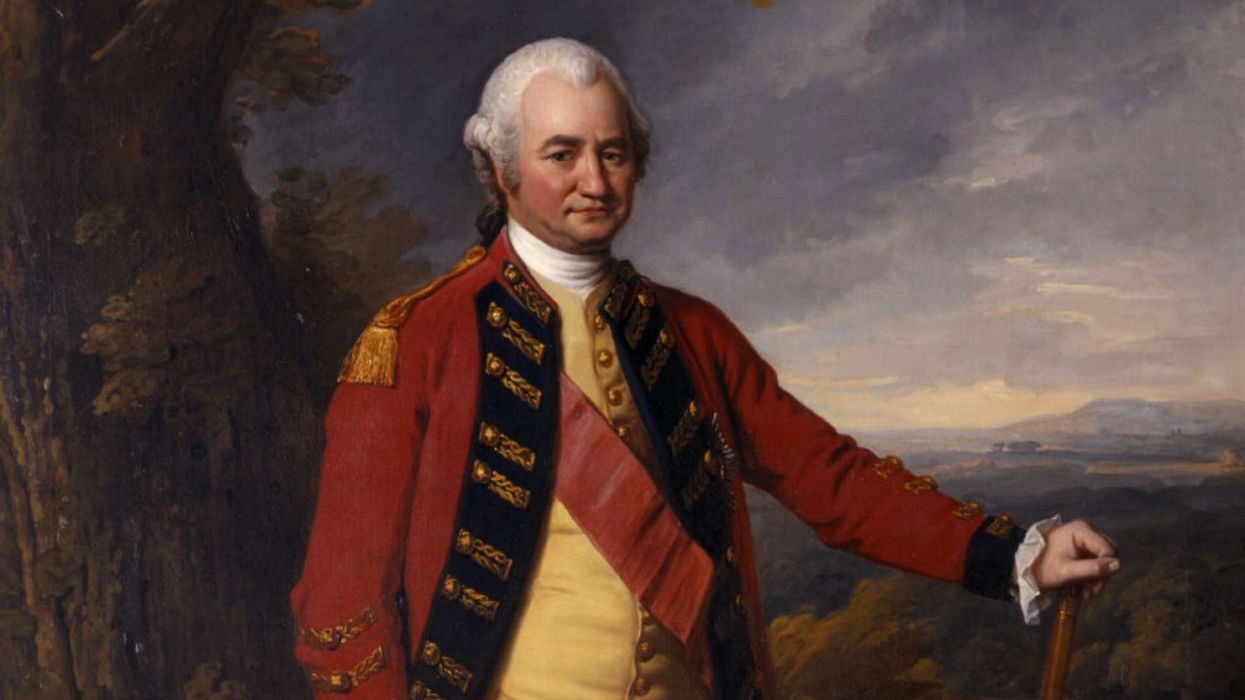
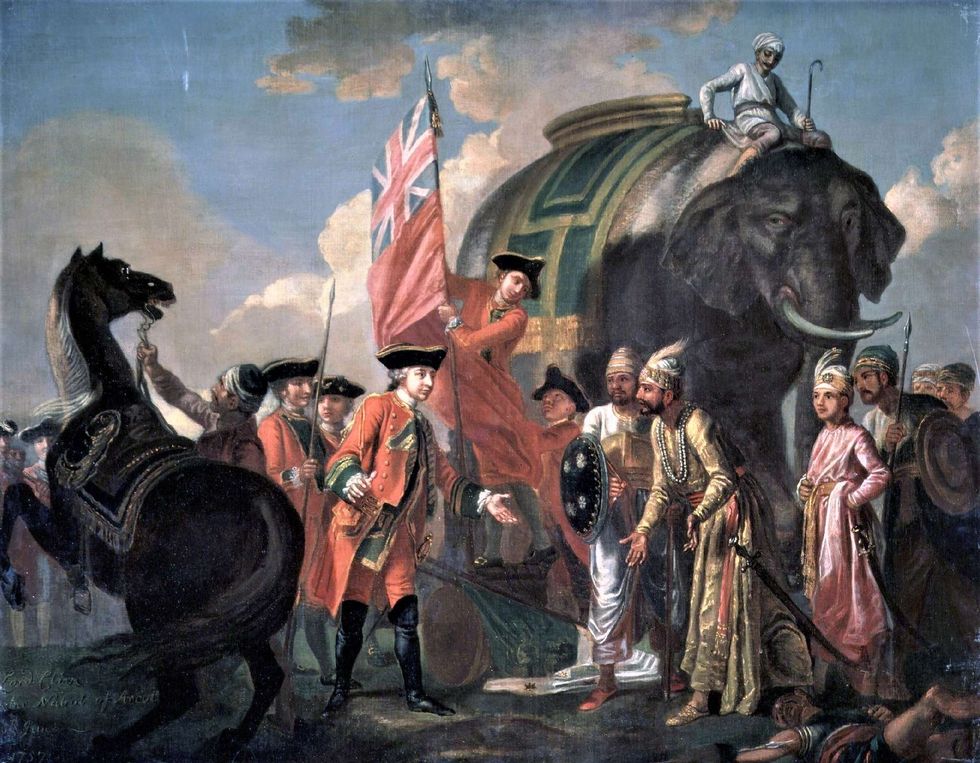 Clive meeting Mir Jafar after the Battle of Plassey 1757
Clive meeting Mir Jafar after the Battle of Plassey 1757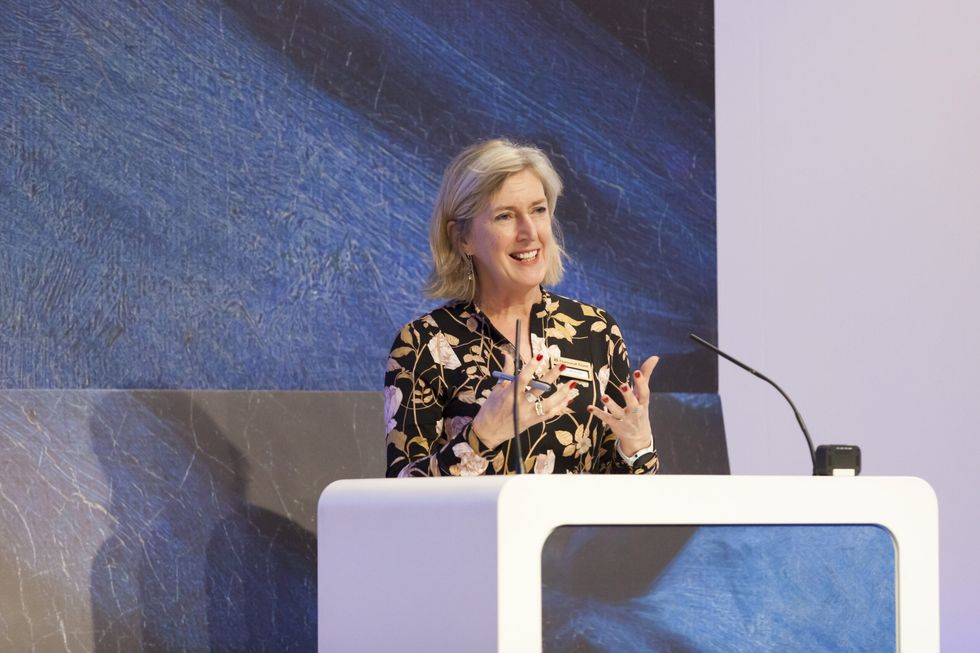 National Trust director general Hilary McGrady
National Trust director general Hilary McGrady 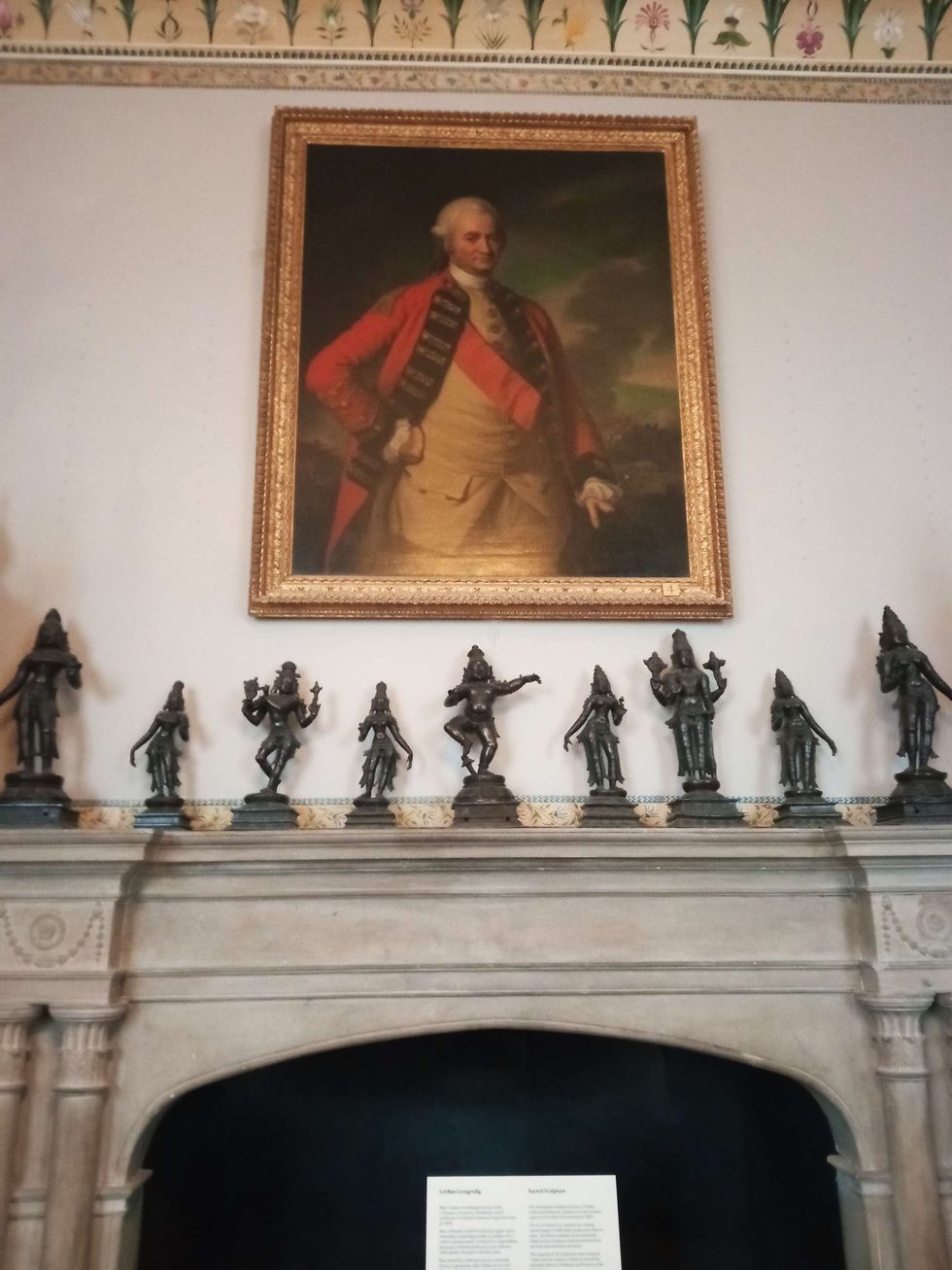 Powis Castle photo of four Clive dominates Hindu Gods
Powis Castle photo of four Clive dominates Hindu Gods  Clive of India at Foreign Office entrance
Clive of India at Foreign Office entrance 





